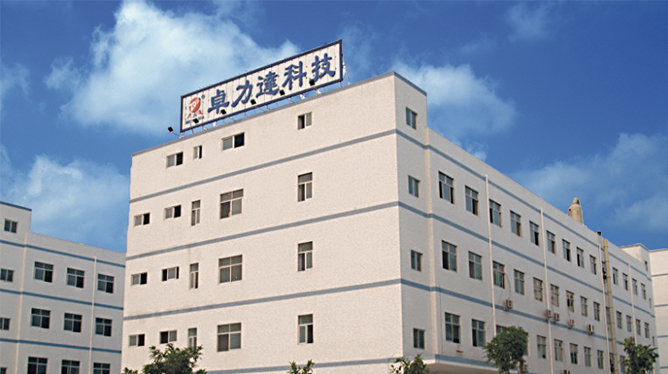
Precision etching processing needs to be pre-treatment of metal materials, which mainly serves to improve the quality of the surface of the etched workpiece, remove all kinds of impurities on the surface, so that the surface of the workpiece to achieve a certain degree of roughness, and at the same time, enhance the adhesion of the surface of the workpiece, for the subsequent etching process to get ready for the etching process. Generally speaking, etching processing needs to be pre-treatment of the following several treatment processes:
1. Degreasing: precision etching of the surface of the workpiece oil, grease, etc. will affect the etching fluid infiltration and etching effect, so the need for degreasing treatment. Degreasing generally use chemical degreasing or ultrasonic degreasing and other methods, the precision etching workpiece surface grease, oil, etc. to remove clean.
2. surface roughening: surface roughening is to improve the precision etching workpiece surface roughness of the key steps, commonly used methods are mechanical roughening and chemical roughening and so on. Mechanical roughening the use of mechanical action of the workpiece surface grinding, polishing, so that its surface becomes rough; chemical etching is the use of chemical reaction to make precision etching workpiece surface smooth and smooth without roughness.
3. Sensitization treatment: sensitization treatment is to put the workpiece into the sensitization solution, so that the surface of the formation of a layer of reducing substances (such as Sn-Hg alloy), this layer of material can be etched in the solution of the oxidizing agent is reduced to a more active reductant, thereby enhancing the etching effect.
4. Go to the oxide film: in the sensitization process, the surface of the workpiece will form a layer of oxide film, this layer of oxide film will affect the etching solution infiltration and etching effect. Therefore, the need to remove the oxide film processing. Commonly used to remove the oxide film methods such as pickling and mechanical de-oxidation.
5. Activation treatment: activation treatment is carried out in the oxidized film after a process, precision etching workpiece into the activation solution, so that the surface of the formation of a layer of hydrophilic substances, this layer of material can enhance the etching solution to enhance the effect of infiltration, improve the etching speed and uniformity.
6. Etching treatment: After the first few processes, the surface of the workpiece has become rough and hydrophilic, which lays a good foundation for etching treatment. In the etching process, according to the specific product requirements need to choose the appropriate etching solution type, concentration and temperature and other factors, in order to achieve the desired etching effect.
7. Post-treatment: After etching needs to be post-treatment, in order to clean the surface of the workpiece residues, remove thermal stress and so on. Commonly used post-treatment methods are washing, pickling, heat treatment and so on.
In short, in the precision etching process before the appropriate treatment process can improve the quality of the surface of the workpiece, remove impurities, enhance the adhesion of the surface of the workpiece and other roles for the subsequent precision etching process to lay a good foundation. Different treatment processes need to cooperate with each other to achieve the desired processing results.
Contact: andy_Lai
Phone: 18938693450
E-mail: yw9@zldsmt.com
Add: Building A3, Huafa Industrial Park, Fuyong Town, Fuyuan Road, Fuyong Town, Baoan District, Shenzhen,China